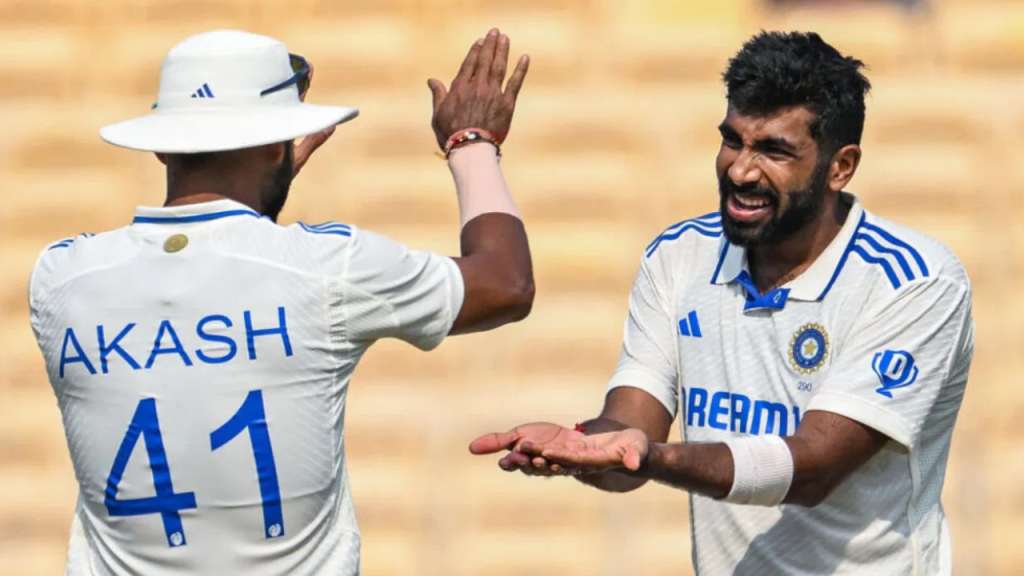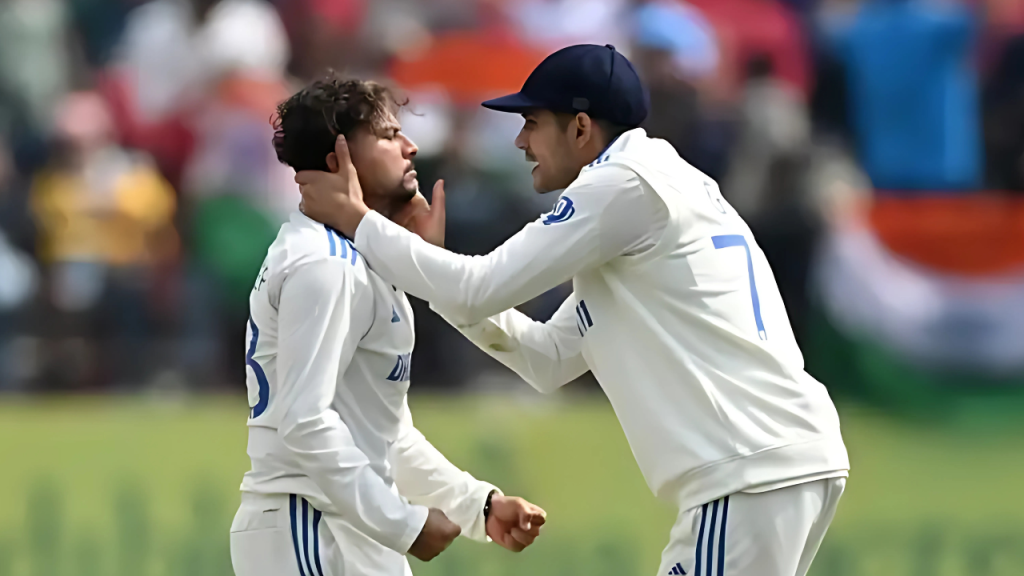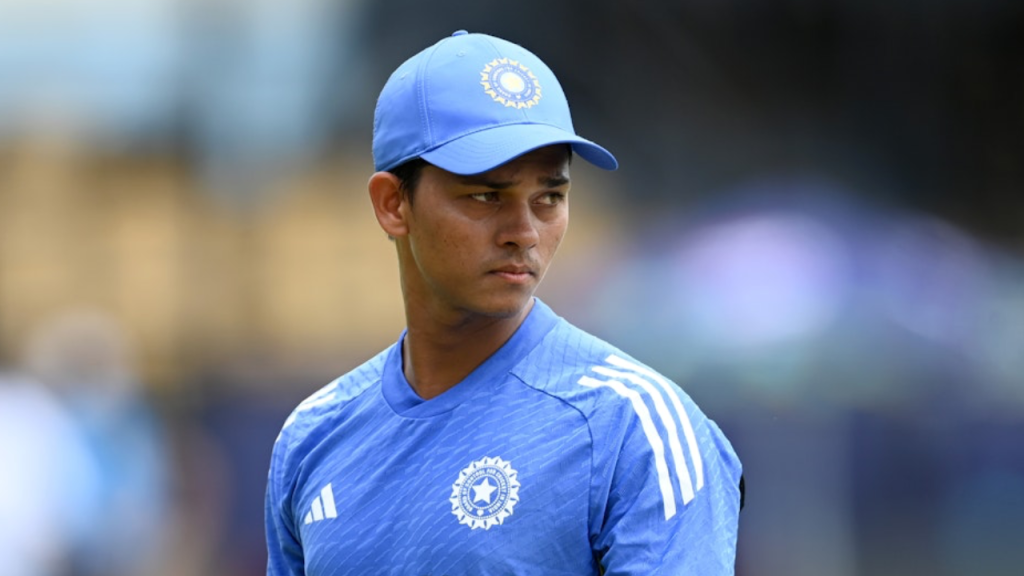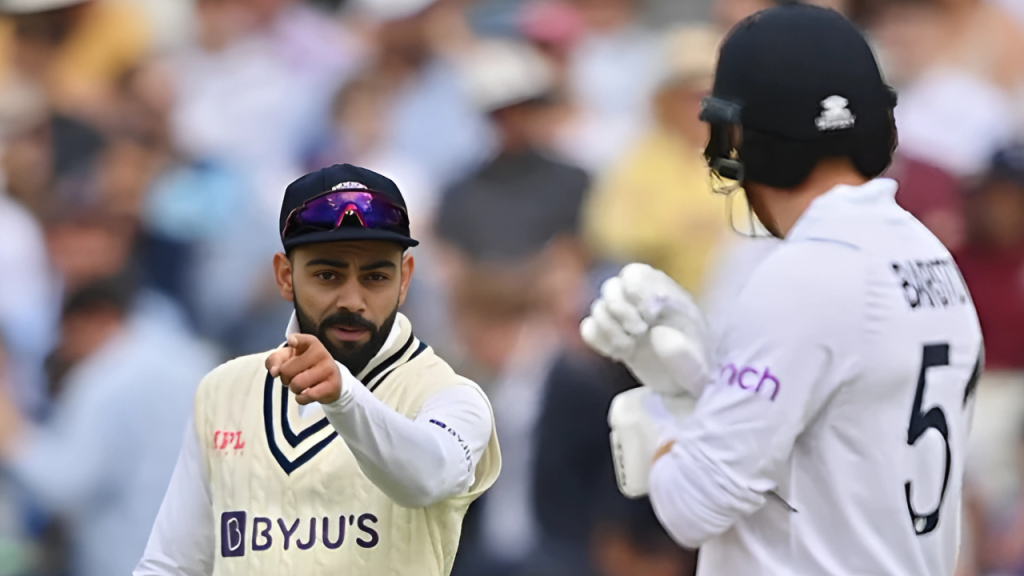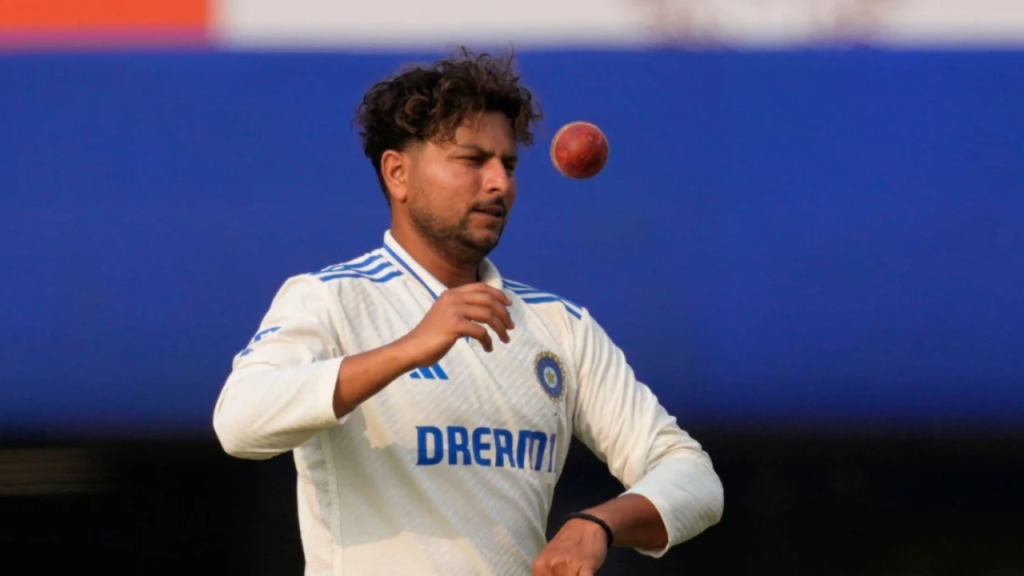The Border-Gavaskar Trophy, a series that epitomizes cricketing rivalry between India and Australia, has already set the stage for an epic showdown with India’s convincing victory in the first Test by 295 runs. As the cricketing world gears up for the second Test in Adelaide, scheduled for December 6th, the anticipation is palpable. This match, unique for its pink-ball day-night format, not only tests the players’ skills under lights but also their adaptability to the nuances of this format. With Rohit Sharma returning to lead the side after missing the first Test due to personal reasons, the team dynamics are set to shift, bringing a fresh perspective to the playing XI.
The probable playing XI for India in this crucial match could look something like this:
Yashasvi Jaiswal – His aggressive style at the top could set the tone for the innings, especially under the lights where the pink ball might offer early movement.
KL Rahul – Positioned at number three, Rahul’s experience and ability to anchor the innings could be pivotal, especially if the new ball poses challenges.
Shubman Gill – His return to form, especially after a fine half-century in the warm-up game against the PM’s XI, makes him a strong contender to solidify the top order.
Virat Kohli – The backbone of the Indian batting, Kohli’s consistency and hunger for runs in Australia make him indispensable.
Rohit Sharma (C) – Leading from the front, Rohit’s experience at the top and his recent form in Australia, including a century in the first Test, underline his importance.
Rishabh Pant(WK) – Known for his flair and ability to change the game’s momentum, Pant’s role could be crucial in the middle order.
Nitish Kumar Reddy – His inclusion could be strategic, offering both batting depth and an additional bowling option, crucial in day-night Tests.
Washington Sundar – His all-round abilities make him a valuable asset, especially in conditions where the ball might do a bit under lights.
Jasprit Bumrah – The spearhead of the bowling attack, Bumrah’s ability to swing the ball and his recent captaincy stint add layers to his role.
Harshit Rana – As a left-arm spinner, his variations could be key, especially if the pitch offers turn or if the pink ball behaves differently at night.
Mohammed Siraj – His pace and ability to exploit any movement off the pitch could be vital, especially with the new ball under lights.
This lineup reflects a blend of experience and youth, with a strategic balance between batting depth and bowling options. The inclusion of Rohit Sharma not only boosts the batting but also brings back his leadership, which has been instrumental in past overseas victories.
The return of Gill and the strategic placements like KL Rahul at three could be aimed at providing stability and aggression in equal measure. The choice of Nitish Kumar Reddy might be to counter any unexpected conditions or to provide an extra bowling option, given the day-night format’s unique challenges.
As the team prepares for the Adelaide Test, the focus will be on adapting quickly to the pink ball’s behavior, especially under lights. The conditions, combined with Australia’s fightback spirit, promise a contest where strategy, adaptability, and execution will be as crucial as individual brilliance. With Rohit at the helm, India will look to continue their dominance, making this Test not just a battle of bat and ball, but a test of wits and strategy under the Adelaide lights.
